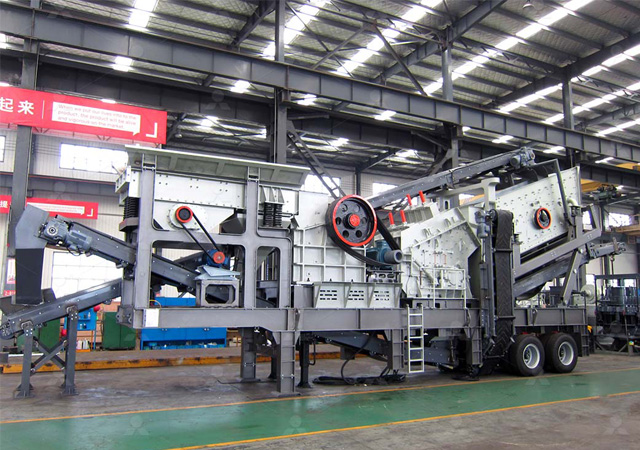The mobile crusher market has witnessed significant growth in recent years, driven by several key factors that highlight its expanding importance in various industries. This analysis explores the dynamics shaping this market and the factors influencing its growth.

Market Growth Drivers:
- Rising Demand in Construction and Mining: The primary drivers of the mobile crusher market are the construction and mining sectors. Mobile crushers offer flexibility and efficiency in processing various types of materials, including aggregates, ores, and recycled materials. This capability is crucial in meeting the demand for infrastructure development and mineral extraction worldwide.
- Technological Advancements: Continuous technological advancements have enhanced the performance and efficiency of mobile crushers. Innovations in automation, remote monitoring, and data analytics have improved operational reliability, reduced downtime, and optimized resource utilization. These advancements make mobile crushers more attractive for industries looking to streamline operations and enhance productivity.
- Environmental Regulations: Stringent environmental regulations globally have encouraged industries to adopt more sustainable practices. Mobile crushers, equipped with advanced dust suppression and noise reduction systems, help minimize environmental impact compared to traditional stationary crushers. This environmental compliance is increasingly becoming a deciding factor for companies in choosing mobile crushing solutions.
- Urbanization and Infrastructure Development: Rapid urbanization and infrastructure projects in emerging economies drive the demand for mobile crushers. These machines are essential for on-site processing of materials, reducing transportation costs and enabling efficient construction and demolition waste recycling.
- Cost Efficiency: Mobile crushers offer cost advantages over traditional fixed crushers by eliminating the need for costly infrastructure and reducing transportation costs. They can be easily relocated to different sites, optimizing operational efficiency and reducing overall project timelines.
Market Challenges:
- Technological Integration and Maintenance: While technological advancements enhance performance, integrating complex systems and maintaining them can pose challenges. Companies must invest in skilled personnel and robust maintenance strategies to ensure optimal performance and minimize downtime.
- Regulatory Compliance: Adhering to diverse regulatory frameworks across regions can be complex for mobile crusher manufacturers. Compliance with safety, emissions, and operational standards requires continuous adaptation and investment in technology.
- Market Fragmentation: The mobile crusher market is fragmented with numerous regional and global players. Intense competition necessitates innovation and differentiation to capture market share, leading to continuous product development and strategic partnerships.
Regional Insights:
- Asia-Pacific: The Asia-Pacific region dominates the mobile crusher market due to rapid industrialization, infrastructure development, and mining activities in countries like China, India, and Australia. Increasing urbanization and government initiatives for infrastructure projects drive market growth in this region.
- North America and Europe: Mature markets in North America and Europe witness steady growth driven by replacement demand and technological upgrades. Stringent environmental regulations encourage adoption of mobile crushers with advanced emission control technologies.
- Latin America and Middle East: These regions exhibit growth opportunities driven by expanding mining and construction sectors. Government investments in infrastructure projects and increasing demand for aggregates support market expansion.
Future Outlook:
The mobile crusher market is poised for continued growth driven by infrastructure investments, technological advancements, and environmental considerations. While challenges such as initial costs and market fragmentation persist, opportunities abound in emerging economies, recycling initiatives, and technological integration. Manufacturers that innovate, differentiate, and prioritize customer needs are well-positioned to capitalize on evolving market trends and sustain competitive advantage.
